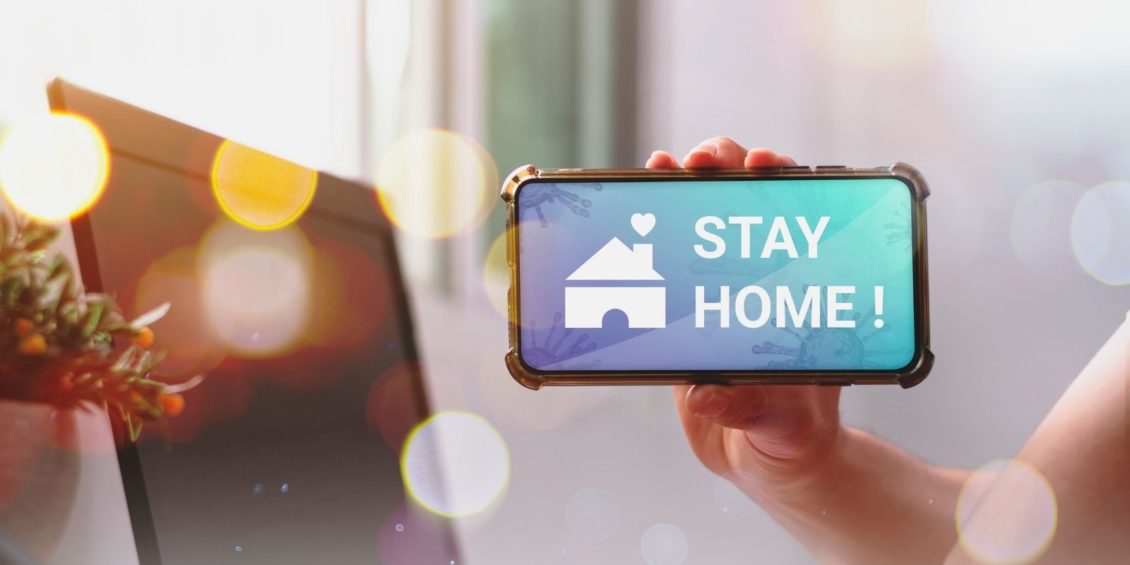UK citizens will start receiving “danger to life” alerts on their phones informing them when they are in mortal danger, including advising them on what to do to stay safe.
This service will be included in the list of government-provided services and is set to launch later this year after successful trials were conducted last summer.
Basically, “danger to life” alerts are messages sent to your phone by emergency services as long as you are within mobile phone network coverage.
Once the phone receives the alert, it makes a loud siren noise even when it’s on silent mode. Unfortunately, one must have a mobile phone to get these lifesaving alerts.
What If I Don’t Have a Mobile Phone?
According to statistics, 96 percent of UK residents aged between 14 and 24 have access to smartphones, and the adult population has almost reached saturation. If there is a chance that any member of your household doesn’t have a smartphone, they could be caught unaware of a life-threatening danger when you are not around them.
The best way of keeping the people you love safe is by ensuring that they can access a mobile phone at all times. Getting a phone doesn’t have to be expensive.
If you want to get a phone for yourself or a member of your household, you may want to look at this resource on how to get sim-only phones first and compare the rates before making your choice.
Why You May Receive a Danger to Life Message
When there is an emergency in an area, the emergency services will communicate the danger to all leading mobile phone service providers.
Based on the location of the impending danger, the mobile phone masts in the area will broadcast an alert which will be picked up by any compatible mobile phones or tablets in the area.
The government does not need to have your contact details. You will receive the alert based on your phone’s location, and no one will collect or share your data.
The alerts can only reach your phone when turned on or not in flight mode. Also, you do not need to sign up or download an app, plus you can opt-out of the service. However, the government recommends keeping the service on for your safety.
Compatible Devices
Citizens are encouraged to ensure that their mobile phone’s operating system is up to date to enjoy this service. If your tablet or phone runs on android, it must have android 11 or later. However, some earlier versions of the Android operating system may also receive the alerts.
On the other hand, Apple users must have iOS 14.5 or later. If you need to establish whether your mobile device is alert-ready, check its settings on emergency alerts.
Besides your phone’s operating system, the type of network coverage is also a factor. This service runs only in 4G or 5G network coverage areas.
If you live in a neighborhood with 2G or 3G networks, the government will use other communication mediums such as TV, radio, and social media.
Emergencies That Could Warrant an Alert
The chance of receiving an alert is very low. There are chances that you could live your whole life without being in any life-threatening danger. Situations under which you may receive an alert include when there is:
- Severe flooding
- Explosions
- Fires
- Public health emergencies
These emergencies don’t happen every day. Therefore, you don’t have to worry about the alert going off now and then. Irrespective of how low your chance of being in danger is, having the danger to life alert can come in handy when an emergency strikes.








Leave a Reply
View Comments